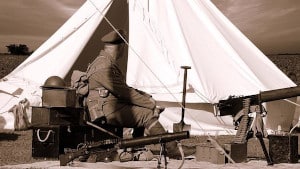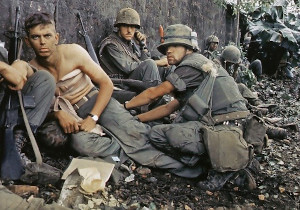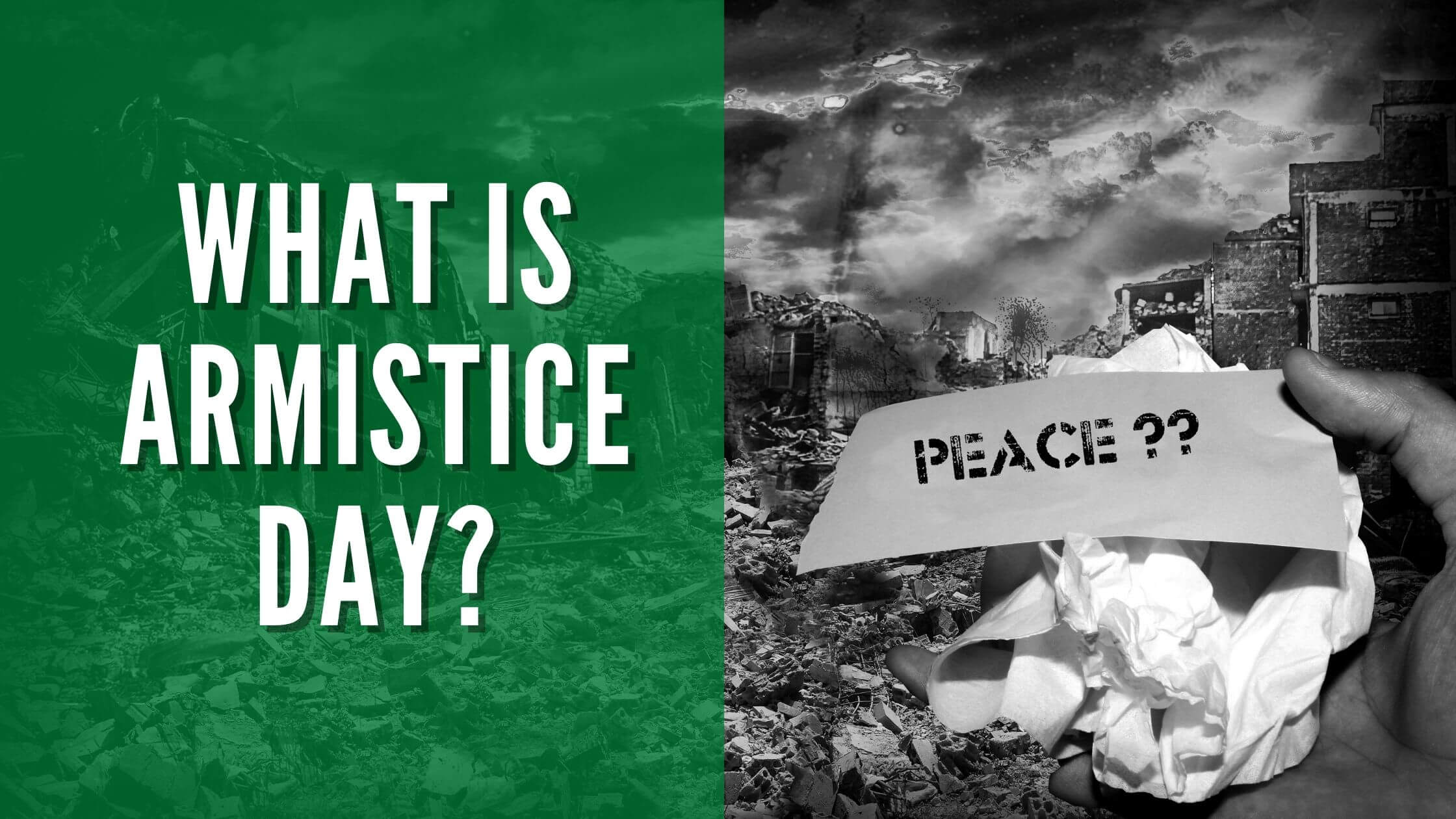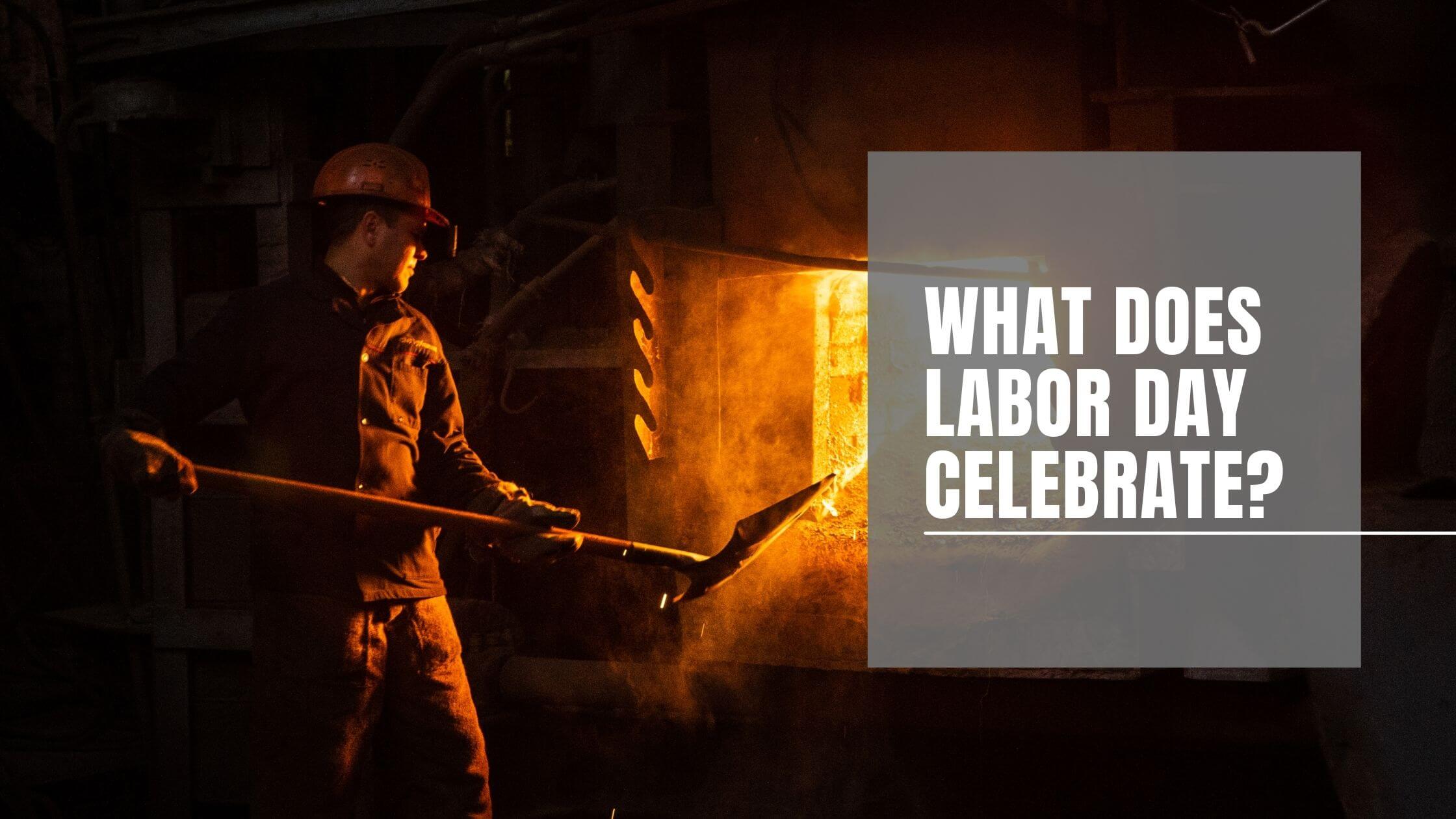On the 11th of November, citizens across the United States enjoy the federal holiday of Veterans Day. This date is also associated with Armistice Day. So, what is the difference between the two, and what is the significance of this day in the country? Can we celebrate both?
Table of Contents
ToggleArmistice Day
Armistice Day is the name given to the 11th of November, when people mark the official end of the First World War. It is a day of remembrance for those that lost their lives in the Great War, while also celebrating the historic peace treaty that ended it. Armistice Day is recognized globally, with many countries honoring the war dead. In the United States, it is now known as Veterans Day.
What Is the Significance of Armistice Day?
The United States entered World War I in support of the Allied Powers to overcome Germany and secure a peace deal. This deal was signed on the 11th of November 1918. People have paid homage to that momentous occasion on the 11th hour of the 11th day in the 11th month ever since.

Several years on, there was a call for a national day of remembrance in the United States. In 1926, Congress adopted a resolution that instructed President Coolidge to issue annual Armistice Day proclamations to mark the occasion.
It wasn’t until 1938 that Armistice Day was designated a national holiday. At the time, the idea was that the day should be “dedicated to the cause of world peace.” The cruel irony is that the Second World War broke out the following year.
The most profound significance of Armistice Day in the United States is the high death toll on the American side in the war. There were 116,000 deaths and 320,000 casualties. However, this was just a fraction of the total war dead, which was an estimated 10 million.
How Is Armistice or Remembrance Day Recognized?
There are many ways to mark Armistice Day, and those who honor their own war dead in other countries often share these. This sense of unity helps to highlight that this was a World War and that there have been strong ties with allied nations ever since. Common traditions include the following.
1) Flying flags at half-mast.
This is commonly seen in relation to conflicts or moments of remembrance. Public buildings may lower flags following the death of an important figure as a mark of respect. Flags on public buildings are likely to be in the same position on November 11th.
2) A two-minute silence.
This is something that anyone can observe if they wish to do so. There is a two-minute silence as the clocks strike 11 to mark the moment guns fell silent. This can be used to remember those lost or to contemplate the horrors of the war more generally. Either way, it brings people together while also allowing for personal introspection.
3) Religious services.
Religious services are a good opportunity for people of the same community and faith to come together in a moment of mourning. Many will find comfort in the prayers or sermons and may choose to light a candle for a family member lost in a war.
4) Military parades.
Many towns will also stage community events where local veterans groups, charities, and other organizations can come together to pay their respects. This aspect of Armistice Day is more significant now following the name change in the United States.
5) Wearing poppies.
The wearing of poppies has become a little controversial due to varying meanings. The original red poppy for Armistice Day was a symbol of the flowers on the battlefield of Europe and was worn to remember those that died there. Since then, it has become a symbol for all wars and survivors, with some uncomfortable with its pro-war connotations. There is an alternative white poppy for peace and a purple poppy for animal casualties of war.
Arlington Cemetery Commemoration
The biggest moment of commemoration in the United States On November 11th is the service in Arlington. This cemetery is the final resting place for more than 400,000 people and is where we find many casualties of war. Families will come here to pay their respects to loved ones and ancestors on this day. But, there is also a service at the Tomb of the Unknown Soldier.
Why Do We Have Veterans Day in the USA?
You may not see too many references to the term Armistice Day in the United States outside of history books. That is because the official name of this holiday changed in 1954. The new name was to reflect better the idea of honoring those that had fought in any war rather than the fallen in World War I.

Get Smarter on US News, History, and the Constitution
Join the thousands of fellow patriots who rely on our 5-minute newsletter to stay informed on the key events and trends that shaped our nation’s past and continue to shape its present.

The celebrations still contain many elements seen in Armistice and Remembrance Day events as we continue to honor the dead of World War One. But, there is a greater emphasis on the many American veterans that survived conflicts and live on today.
This is where the original plans for the day feel a little outdated. There have been so many conflicts since the 1914-18 war. Since then, troops have been sent to wars in Korea, Vietnam, and several conflicts in the Middle East. Many veterans have come back from these wars with disabilities, struggling without the support they need, and Veterans Day can help. It is also a chance to thank veterans for their service.
Armistice Day Remains an Important Holiday
The name of this holiday may have changed in regards to the national holiday, and the primary focus shifted to veterans rather than the war-dead, but Armistice Day is still important to many. The two-minute silence at 11 am, and the wearing of poppies will continue regardless.
How useful was this post?
Click on a star to rate it!
Average rating / 5. Vote count:
No votes so far! Be the first to rate this post.
We are sorry that this post was not useful for you!
Let us improve this post!
Tell us how we can improve this post?










